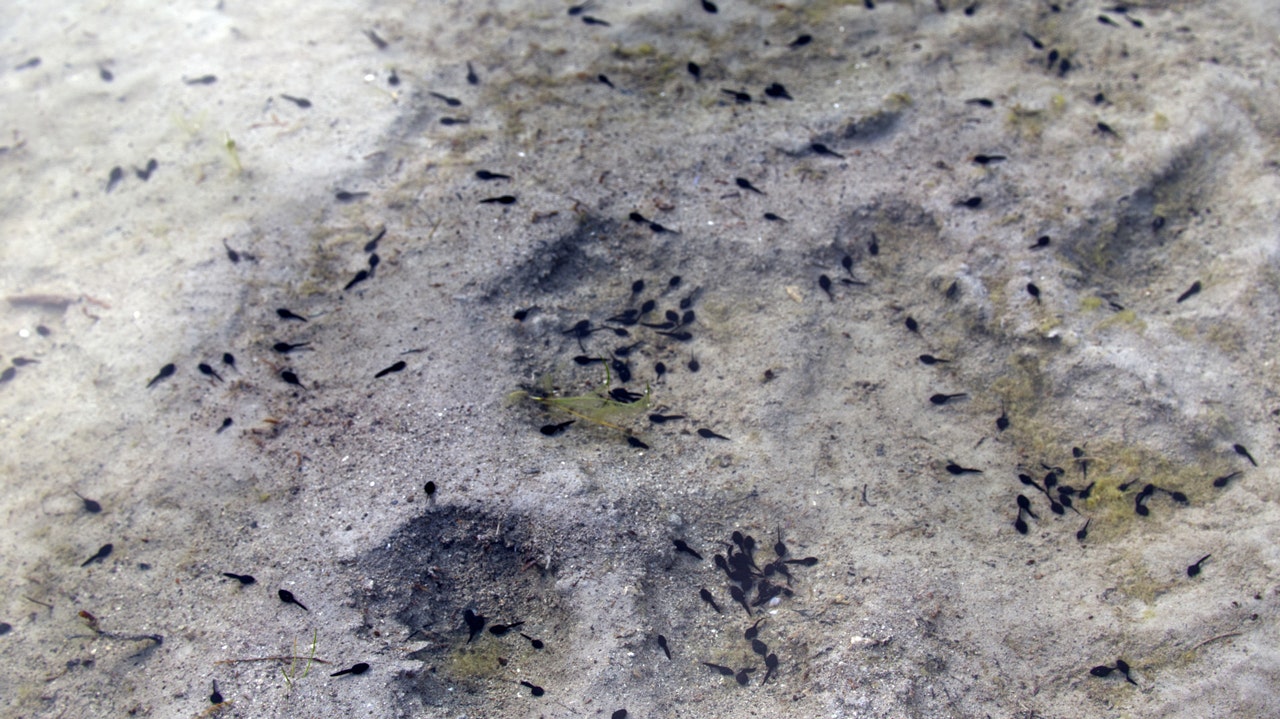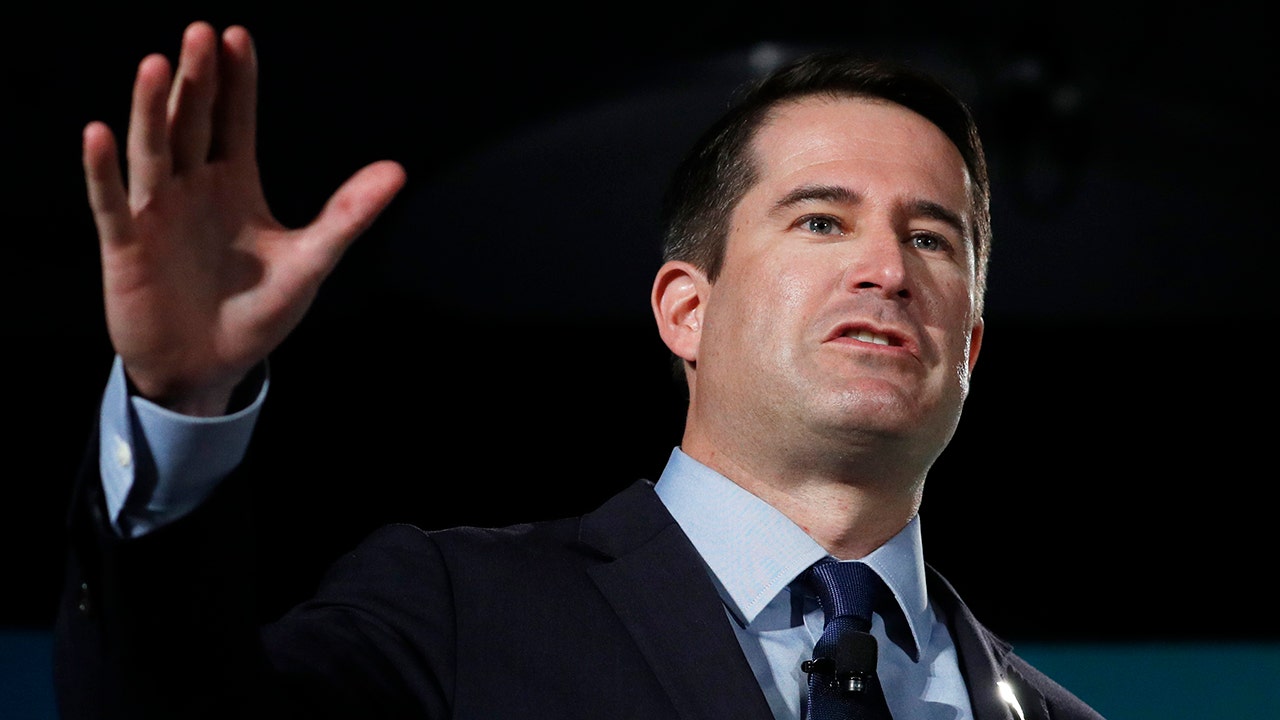That message comes after a new UN report revealed that, over the past two years, a sophisticated system that detects significant methane leaks has sent 1,200 notifications to governments and businesses, but only one per cent of those notifications have been answered.
“We now have a proven system to identify major leaks so they can be quickly stopped – often with simple repairs. We are quite literally talking about screwing bolts tighter in some cases,” Inger Anderson said, launching the report, which highlights plume alerts from the Methane Alert and Response System (MARS).
The UN Environment Programme (UNEP) chief’s alert was just one of the many key events taking place today at COP29. The latest annual UN climate summit has been underway in the Azerbaijan capital city since Monday and heads into the weekend with experts and government negotiators set for tough talks over climate finance and emission reductions. The goal is reaching an agreement by the time the meeting wraps up at the end of next week.
What is methane?
According to UNEP, human-caused methane emissions are responsible for roughly one-third of the planet’s current warming. Reducing these emissions is the fastest, most cost-effective way to slow global warming in the near-term and is essential to averting critical climate damage.
Three industries account for the majority of human-caused methane: agriculture, waste and fossil fuels. Coal mining contributes 12 per cent of emissions in the fossil fuel industry, while the extraction, processing, and distribution of oil and gas account for 23 per cent.
About 20 per cent of methane emissions in the waste sector come from wastewater and landfills. Finally, about 32 per cent of emissions in the agricultural sector come from grazing livestock and manure, while a further eight per cent come from rice farming.
Right now, there is roughly 2.5 times the amount of methane in the atmosphere than there was during pre-industrial times and emissions have been rising in recent years, according to the UN World Meteorological Organization (WMO).
How can we slash methane?
While methane is considered an ‘aggressive greenhouse gas’ it is actually easier to reduce than carbon dioxide, or CO2, the better-known heat-trapping gas, because methane has a shorter lifespan in the atmosphere.
The UNEP-led International Methane Emissions Observatory (IMEO) and the hi-tech MARS system use artificial intelligence (AI) and satellite data to detect gas releases and to help industry and countries identify and deal with large methane emissions.
“Governments and oil and gas companies must stop paying lip-service to this challenge when answers are staring them in the face,” stated Ms. Anderson, UNEP Executive Director.
Instead, they should recognize the significant opportunity presented “and start responding to alerts by plugging leaks that are spewing climate-warming methane into the atmosphere. The tools are ready, the targets are set – now it is time to act,” she said.
While more remains to be done, the report does highlight examples of nations and companies responding – proving the value of data-driven solutions such as MARS. In 2024, the IMEO facility verified action to reduce emissions from major leaks in Azerbaijan and the United States.
In Algeria and Nigeria, MARS notifications and engagement led to direct action from the governments and oil and gas companies to address large methane leaks. For example, UNEP says that in the Nigeria case, the six-month leak emitted methane equivalent to 400,000 cars being driven for a year and was able to be fixed in under two weeks by simply replacing faulty equipment.
Want to know more? Check out our special events page, where you can find all our coverage of COP29, including stories and videos, explainers and our newsletter.





